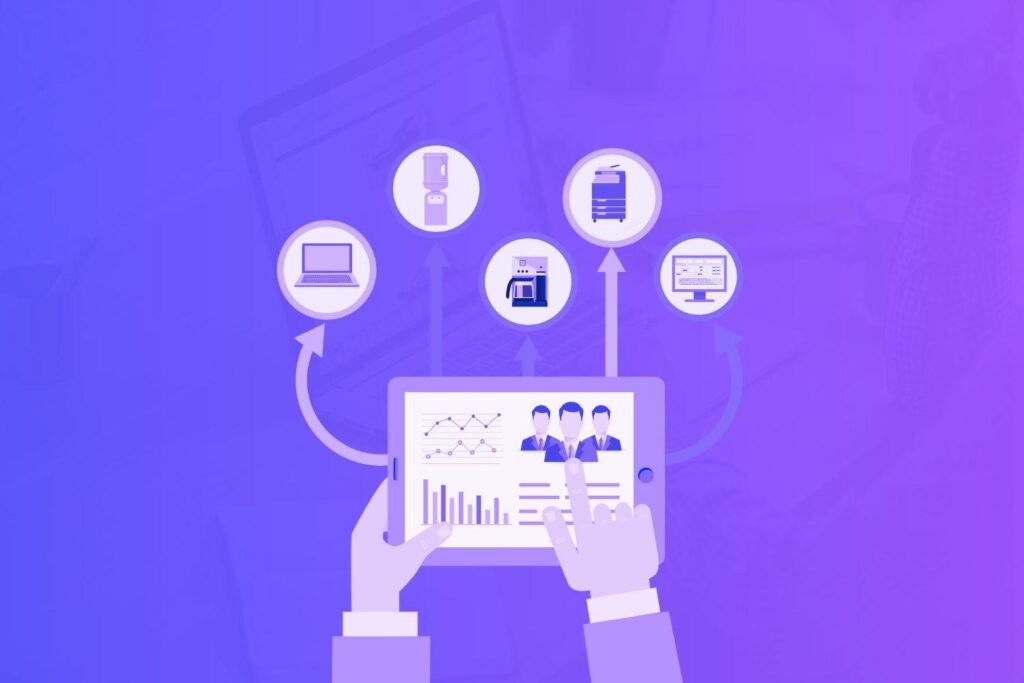No business can run without a project management tool. And the right tool can shorten your path to successful outcomes.
One of the most popular tools in this category is Asana. But depending on your requirements and workflow, it may not be right for you.
So if you’re looking for Asana alternatives, you’re at the right place. In this post, I’ll go over the major competitors of Asana, along with their key features.
Disclaimer: If you buy any products through links on this site, I may earn a commission. But it doesn't make any difference to your cost, and it helps me keep this blog running. So you could always read my articles for free.
Why look for Asana alternatives?
While Asana is a powerful project management solution, it may not be the right fit for everyone. If you’re working with a smaller team or have a limited budget, Asana’s pricing can become a drawback as your needs grow.
Aside from that, its robust features might feel overwhelming if you’re seeking simplicity or only need basic task management.
Asana’s learning curve can be steep, which may slow down productivity if your team isn’t tech-savvy or doesn’t have time to invest in training.
Plus, if you require advanced customization, you might find Asana’s flexibility limited compared to other tools.
Finally, while Asana excels in task management, it may fall short in areas like time tracking or communication, leading you to seek additional tools to fill these gaps.
What are the best Asana alternatives?
So, is Asana not meeting your project management needs? Well, exploring alternatives to Asana can help you find a better fit.
Whether you need more customization, simpler tools, or a more affordable option, there are many choices available.
Zoho Projects
The first Asana alternative is Zoho Projects, which is a combination of conventional and agile philosophies to satisfy a variety of project needs.
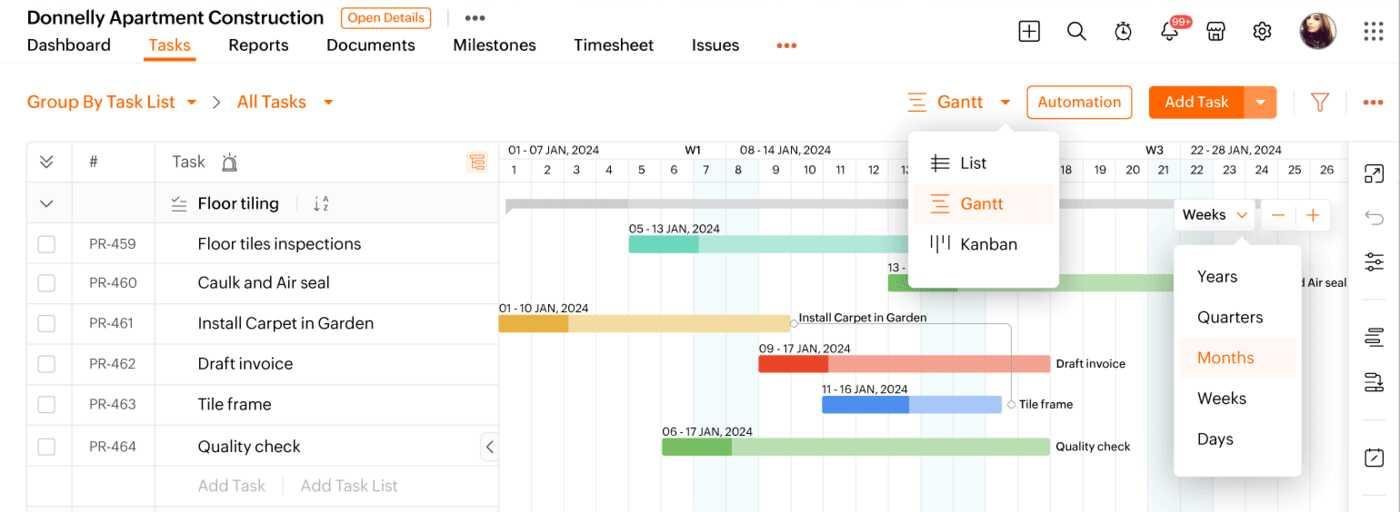
This adaptability goes in its favor, making it a great option for teams that work on different types of projects with different requirements.
Features similar to Asana, such as task management, Gantt charts, and resource allocation, make Zoho Projects a powerful solution for handling both small and large projects.
Key features
- You can easily create and assign tasks, set deadlines, and track progress with Gantt charts.
- Collaboration is seamless with built-in chat, forums, and document sharing.
- Time tracking and timesheets help you manage billable hours efficiently.
- The platform supports automation through custom workflows and blueprints, making repetitive tasks easier to manage.
In case you already use other Zoho applications, then Zoho Projects is a no brainer. On top of that, it’s easy on the pocket and comes with many integration choices.
ClickUp
ClickUp is a versatile tool that comes with highly customizable features and a user-friendly design.
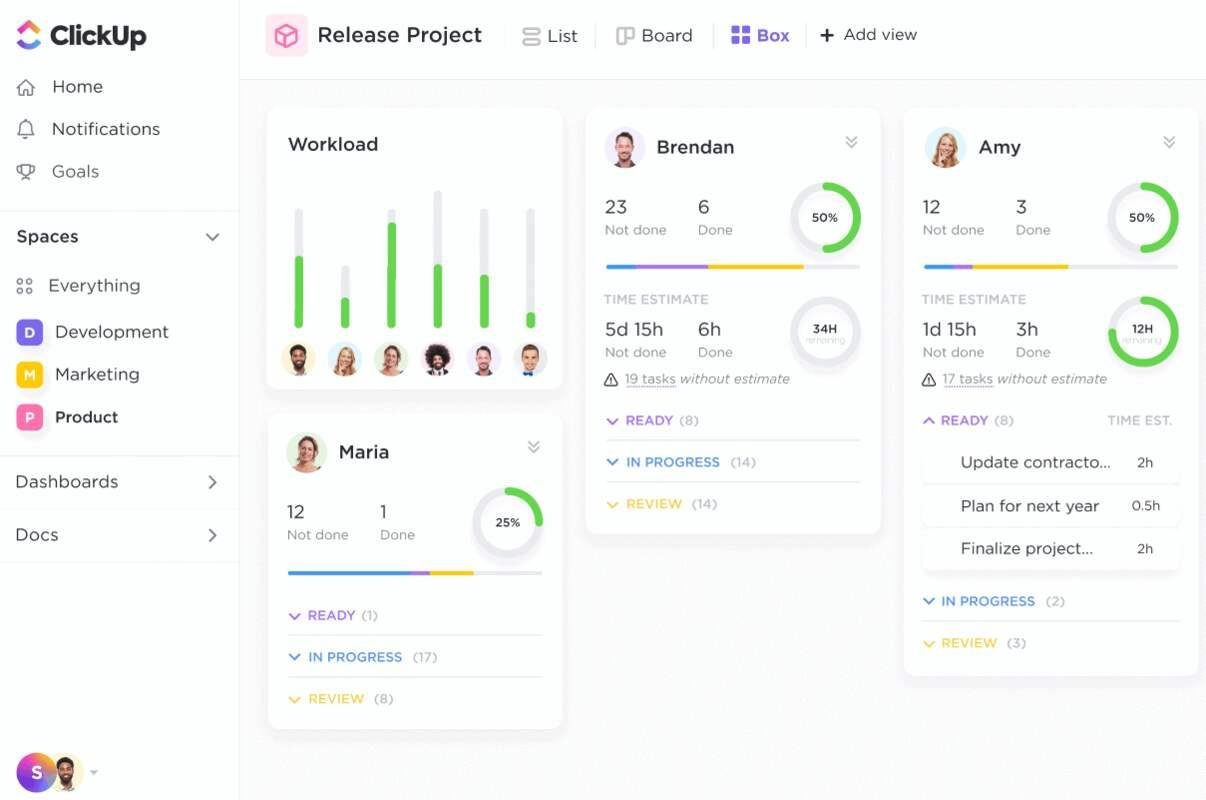
Whether you’re managing a small team or juggling multiple projects, ClickUp helps you keep everything under one roof without breaking a sweat.
Here are three top features that make ClickUp stand out among alternatives to Asana:
- Customization: Tailor your workspace to fit your workflow like a glove.
- Seamless integrations: ClickUp plays nicely with other tools, so you’re not left in the lurch.
- All-in-one solution: From task management to time tracking, ClickUp is your one-stop shop.
And to top it all off, ClickUp’s user-friendly interface lets you get started fast without a lot of training.
Confluence
Confluence, an Asana alternative, is a powerhouse for teams that thrive on sharing knowledge and working together seamlessly.
While Asana excels in task management, Confluence goes the extra mile by providing a space where you can store, organize, and access your team’s collective brainpower.
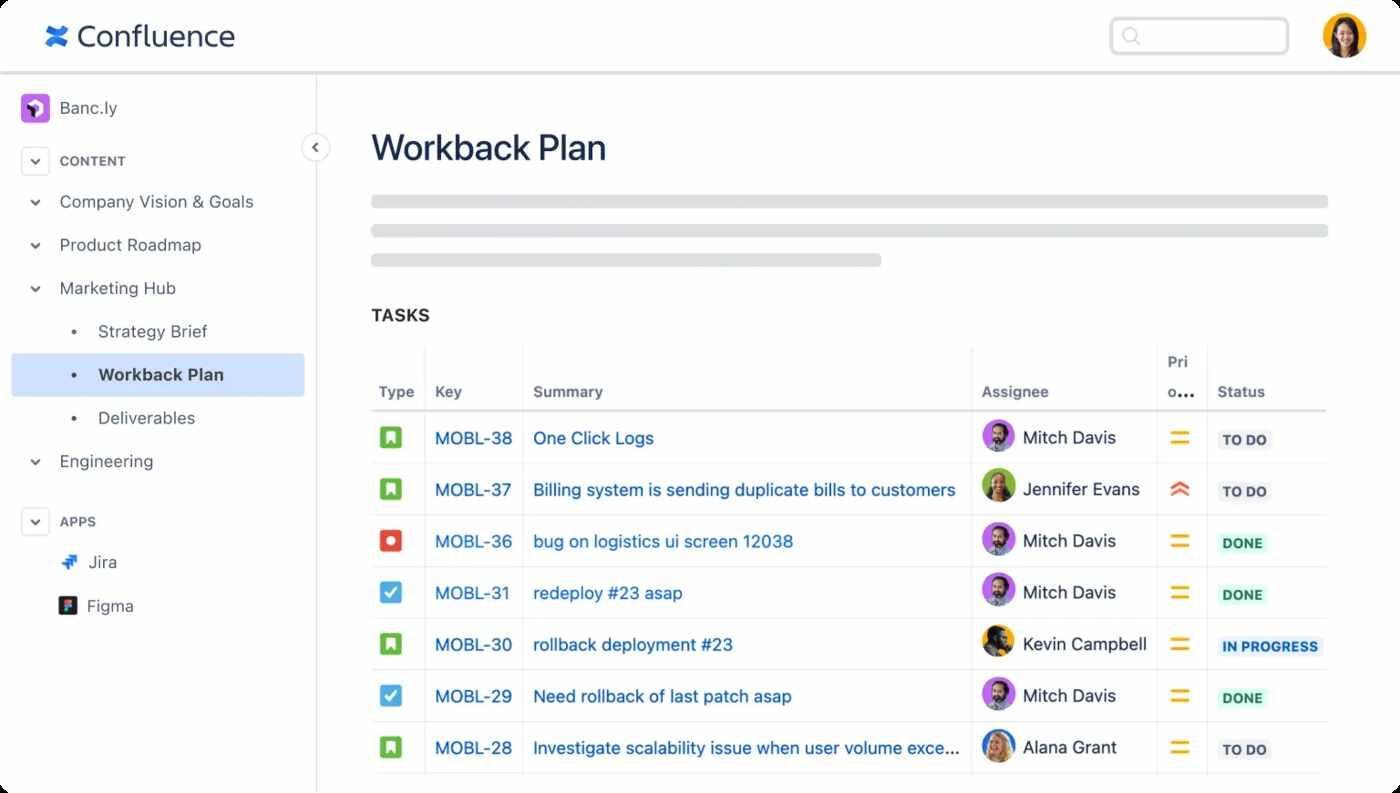
If you’re looking to keep everyone on the same page, Confluence might be what your workflow needs.
Here are three top features that make Confluence a standout alternative among competitors to Asana:
- Collaborative Spaces: Create dedicated spaces for different teams, departments, or projects. So you can organize and find information in a jiffy.
- Real-Time Editing: Work together in real-time on documents and pages, ensuring everyone is in the loop and nothing falls through the cracks.
- Seamless Integration: Confluence integrates like a charm with other Atlassian tools, such as Jira, making it a one-stop shop for all your project management and collaboration needs.
Besides that, Confluence’s powerful search capabilities make it a cinch to find what you’re looking for, ensuring you never feel like you’re searching for a needle in a haystack.
Teamwork
Teamwork is a flexible project management system that shines when it comes to comprehensive project planning and collaboration.
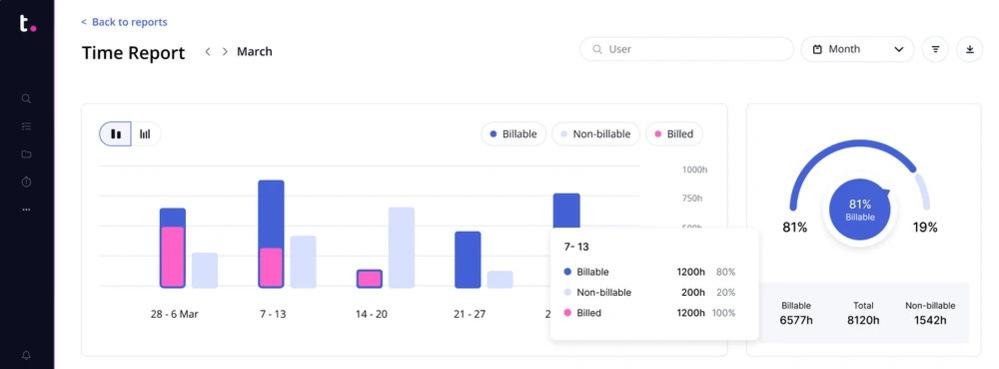
Designed with teams of all sizes in mind, this alternative to Asana offers a range of features to streamline workflows, enhance communication, and keep your projects on track.
Here’s what sets Teamwork apart from Asana:
- Detailed task management: Organize tasks into projects, milestones, and sub-tasks to keep everything neatly sorted.
- Time tracking: Monitor how much time your team spends on each task, helping you stay on budget and make informed decisions.
- Client access: Share project updates and collaborate with clients without leaving the platform, making it easy to keep everyone in the loop.
On top of that, Teamwork’s robust reporting features let you generate detailed insights and track your project’s performance with precision. It’s the cherry on top for teams that need to keep their finger on the pulse of every project detail.
Jira
Jira is a robust project management system developed by Atlassian, and designed specifically for agile teams. If you’re managing complex software development projects, Jira can be your go-to solution.
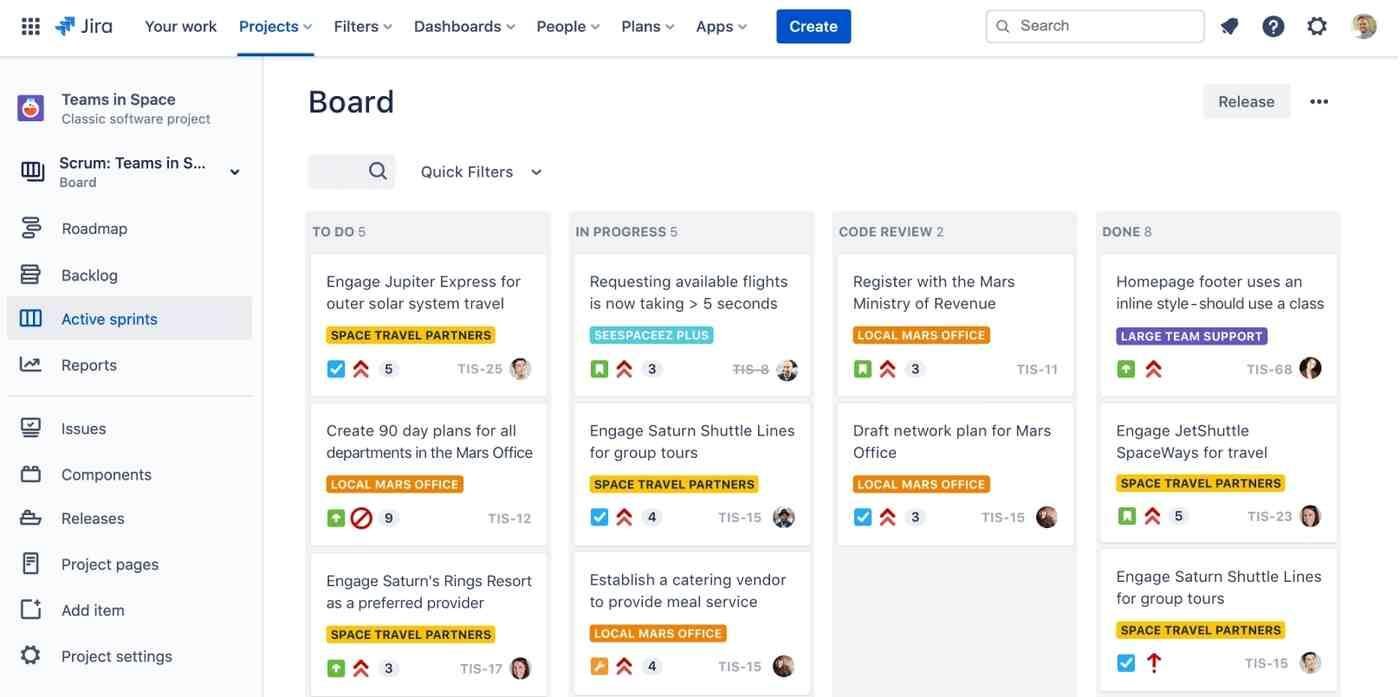
Unlike Asana, which offers a broader approach to project management, Jira focuses on the needs of developers and tech teams, providing tools tailored to agile methodologies like Scrum and Kanban.
This makes it an excellent fit for teams that need to manage sprints, backlogs, and releases effectively.
Here are three top features that stand out in Jira:
- Advanced issue tracking: Keep tabs on every bug, task, or enhancement with precision.
- Customizable workflows: Tailor your project processes to fit your team’s unique needs.
- Agile boards: Visualize your project’s progress with Scrum or Kanban boards.
Plus, Jira’s seamless integration with other Atlassian tools makes it a strong contender among Asana alternatives if you’re looking to build an interconnected toolset for your team.
Hive
Another alternative to Asana is Hive, which is a feature-rich tool designed to organize your workflow and give you more control over how you manage tasks and projects.
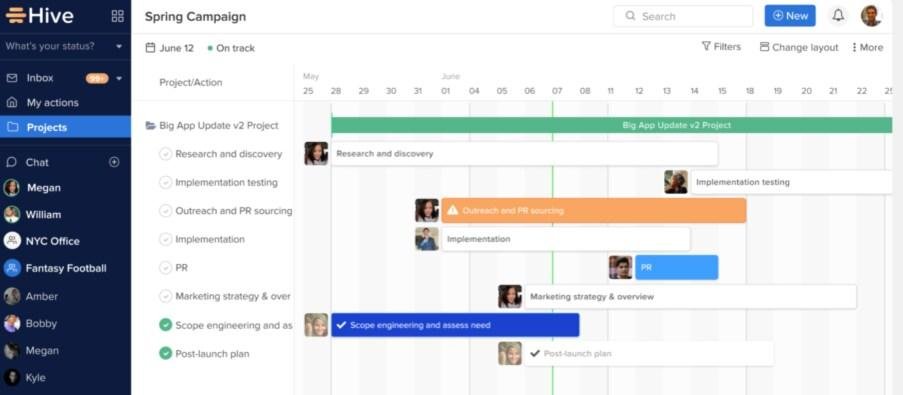
With an intuitive look and feel like Asana, Hive helps you keep all your ducks in a row while ensuring that nothing falls through the cracks.
Hive stands out from the crowd with its standout features.
- Its customizable workspaces let you tailor the platform to fit your unique needs. Whether you’re managing complex projects or simple tasks, Hive’s flexibility means you can design a workspace that works like a charm.
- Hive offers real-time collaboration. This feature allows you and your team to stay aligned on tasks, thanks to live updates and seamless communication.
- Integrations are easy with Hive. You can connect it with your favorite tools, ensuring everything works in harmony.
To top it all off, Hive’s time-tracking capabilities help you keep an eye on productivity and ensure that deadlines are met with precision.
Microsoft Project
This software is a heavyweight competitor to Asana when it comes to managing complex projects, offering a range of features that help you keep everything under control.
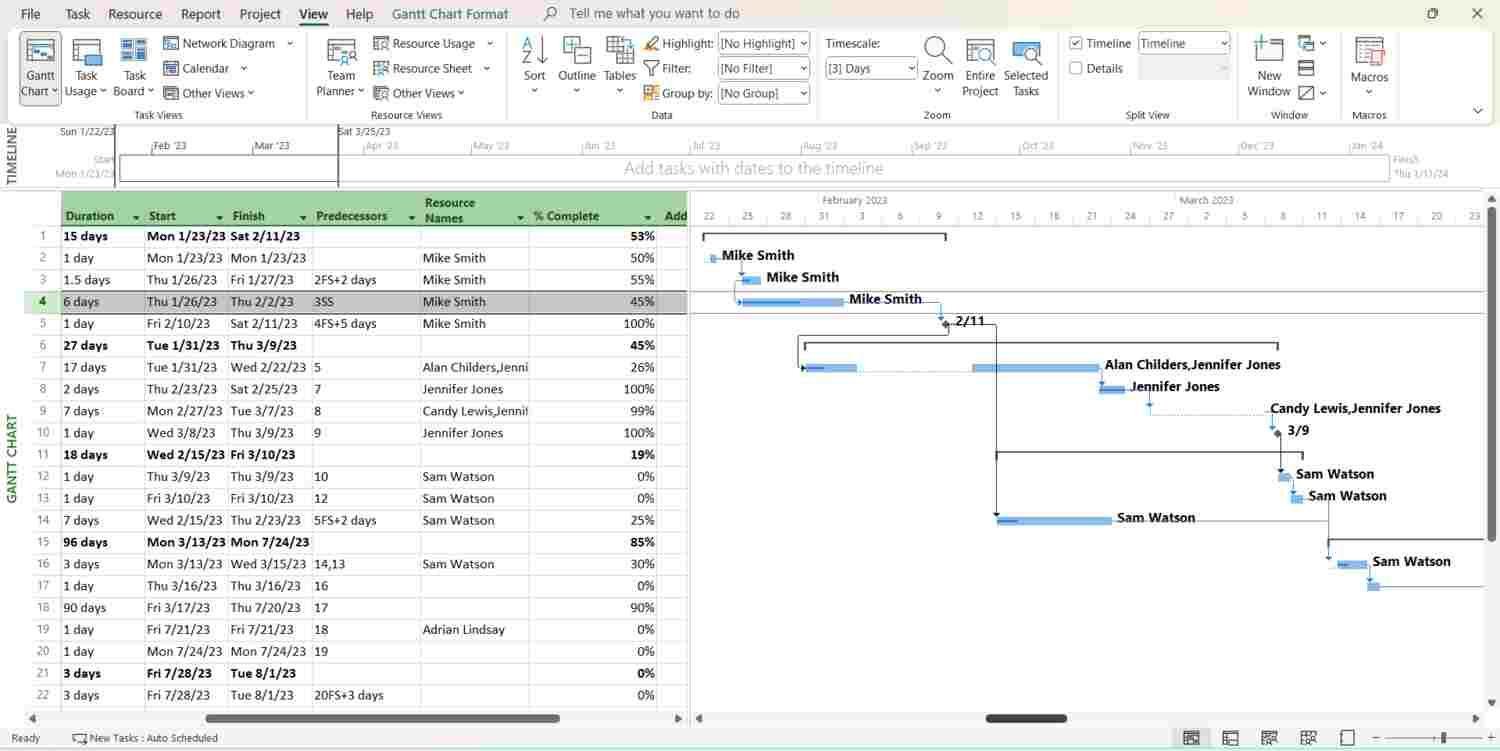
Microsoft Project is designed to handle intricate details and large-scale projects, giving you the ability to dive deep into project planning and execution.
Microsoft Project offers several standout features:
- Gantt charts: These provide a clear view of your project’s timeline, making it easier to visualize how tasks interconnect and ensuring that you stay on track.
- Resource management: These tools allow you to allocate tasks and track resources effectively, helping to prevent bottlenecks and ensuring that your team isn’t stretched too thin.
- Advanced scheduling: This feature lets you handle complex project timelines and dependencies, ensuring that no detail goes unnoticed.
Additionally, Microsoft Project’s customizable reporting tools offer detailed insights and analytics about your project’s progress.
This feature helps you keep tabs on performance and make data-driven decisions, ensuring that your project stays on course and doesn’t go off the rails.
Trello
Trello is known for its simple yet powerful approach to organizing tasks and projects.
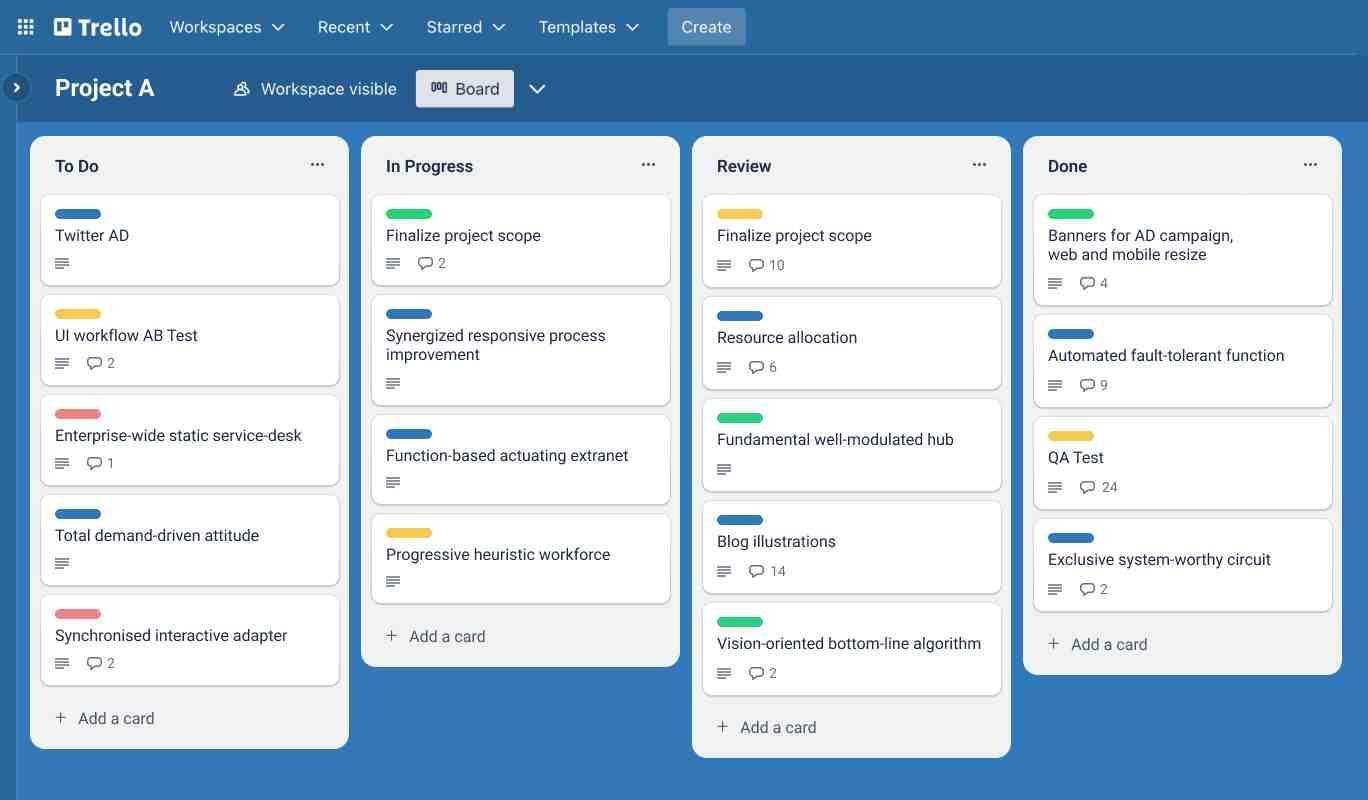
By using a board and card system, Trello provides a visually appealing way to monitor progress and collaborate with your team, making it a go-to tool for many looking to keep things straightforward and efficient.
Trello shines with several top features:
- Drag-and-drop functionality: This allows you to easily move tasks between different stages of your workflow, giving you a hands-on way to manage your projects and see progress at a glance.
- Customizable boards: You can tailor these to fit your specific needs, whether you’re handling a single project or multiple ongoing tasks, making Trello a flexible alternative to Asana for various workflows.
- Power-ups: These add extra functionality to your boards, from calendar views to integration with other tools, ensuring that you can enhance your Trello experience to fit your exact needs.
Additionally, Trello’s collaborative features let you and your team work together seamlessly. With comments, attachments, and notifications all in one place, you’ll be able to keep up with what everyone is doing and move in the right direction.
Monday
Monday.com is a versatile platform that streamlines your workflow with its visually appealing and user-friendly interface.
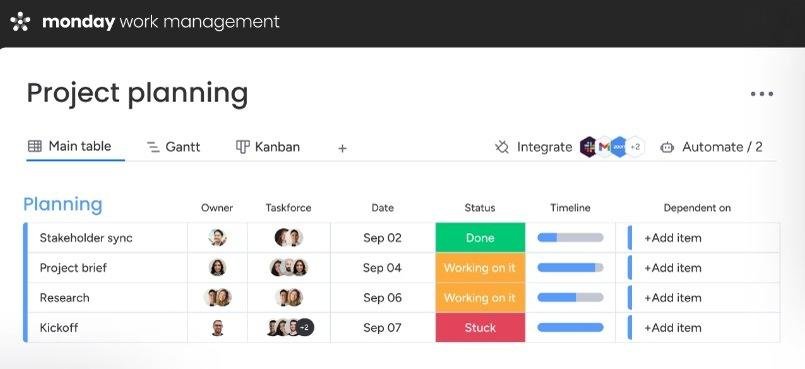
This Asana alternative is designed to give you a comprehensive view of your projects and tasks, helping you keep everything on track and running smoothly.
Monday.com stands out with several top features:
- Customizable workflows: You can tailor workflows to suit your project’s unique needs, ensuring that every task and process fits perfectly into your overall strategy.
- Visual project tracking: With boards that offer various views—like Kanban, Gantt, and calendar—you can easily monitor progress and see where things stand at a glance.
- Automation: Monday.com’s automation tools handle repetitive tasks for you, reducing manual effort and minimizing the chances of errors.
In addition to these features, Monday.com’s integrations help you connect with several other tools and apps.
This capability ensures that all your essential software works together seamlessly, keeping your project management system running like a well-oiled machine.
Wrike
The last alternative to Asana is Wrike, which is a robust tool designed to handle complex projects and collaborate effectively with your team.
It offers a range of features that can help you keep all your ducks in a row and ensure nothing falls through the cracks.

Wrike stands out among Asana competitors with several top features:
- Customizable dashboards: Wrike allows you to create dashboards that suit your specific needs, giving you a personalized view of your projects and helping you stay organized.
- Task dependencies: This feature lets you set up dependencies between tasks, so you can easily manage and track the progress of interconnected tasks, ensuring everything moves forward in harmony.
- Time tracking: Wrike’s built-in time tracking lets you monitor how much time is spent on various tasks, making it easier to manage resources and keep projects on schedule.
In addition to these features, Wrike’s comprehensive reporting tools provide valuable insights into your project’s performance. These reports help you stay on top of progress and make informed decisions.
Wrapping up: Asana alternatives
When it comes to finding the right project management tool, exploring Asana alternatives can open up a world of possibilities.
Each option provides you with unique features to serve different needs and preferences, so it’s worth considering what will best fit your workflow.
Whether you’re drawn to Trello’s visual boards, Monday.com’s customizable workflows, or Wrike’s robust reporting tools, there’s a tool out there that can make your projects run smoother than a well-oiled machine.
Don’t be afraid to dive in and give these alternatives a spin. By comparing their features and functionalities, you’ll be able to find the one that really ticks all the boxes for your team.
Did I miss anything? Did you try these tools? Do you have any questions or comments? Share your thoughts below in the comments section.




